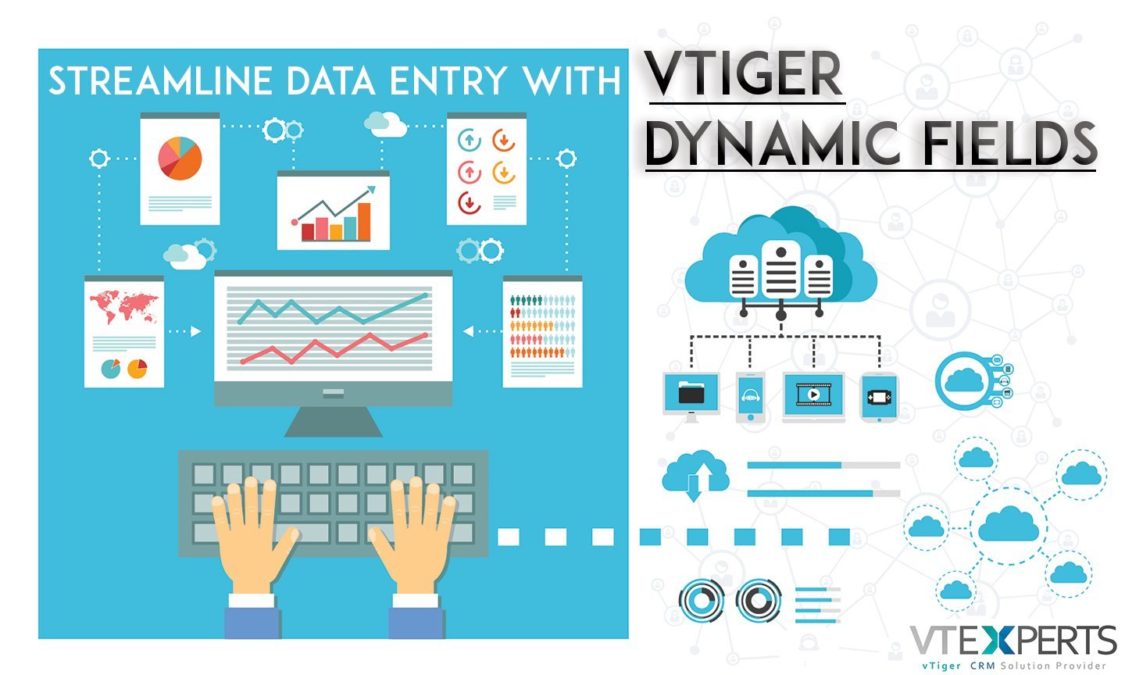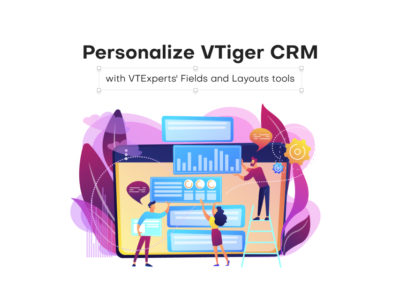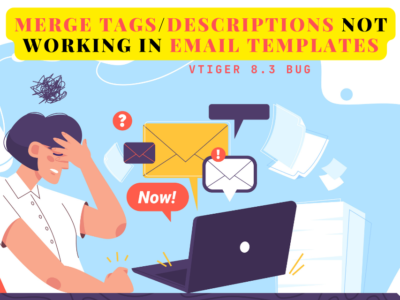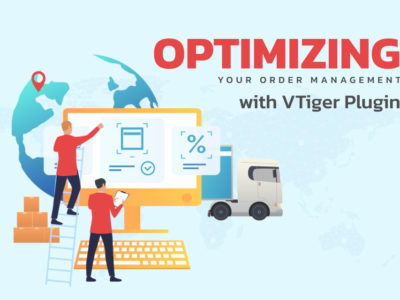It is only understandable that you need your screens clean and tidy (modules or dashboards). It’s also very obvious that empty fields occupy a lot of space and most of the times, there is no reason to populate CRM modules with them. Empty fields also make it harder to locate the essential and required information quickly. Imagine your module exhibiting data like this: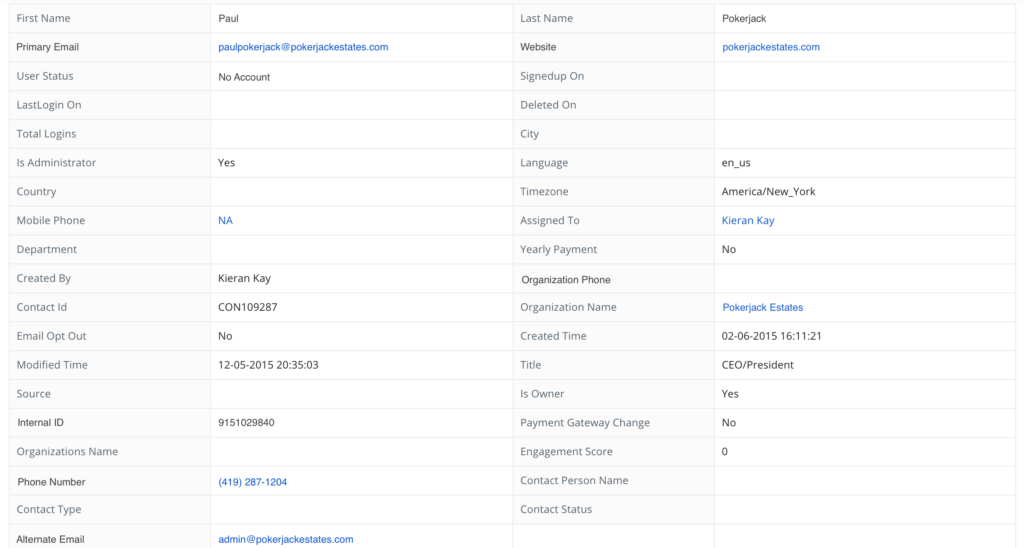
Without a doubt, few of the fields will be of great use to you. But some of those will be totally irrelevant at times. For example, the first and last names will always have high priority in terms of visibility. Take a look at the image above, some of the fields are completely empty and contain zero information like “LastLogin On”, “Deleted On”, “User Status” etc. Looking at them closely reveals that they are related to an online account, which in this case is not possessed by the user as “User Status” is showing “No Account”. Don’t you agree that hiding such fields will be more efficient and time-saving? And make them visible once a user starts using an online account? This will help to filter out the unnecessary information and critical information can be obtained quite conveniently.
Read more: Stay At The Top By Using Email Converter, One Of The Most Intellectual Data Management System
We investigated several corporate clients who use hundreds of lead record fields and reached to a conclusion that mostly they use not more than few leads. And those leads vary from customer to customer conferring to their needs. From our analysis, it was not hard to imagine the hassle through which sales reps have to go through while finding the information from hundreds of different fields. We present you the solution in the form of Dynamic Fields of VTiger 7, for this problem.
We want to compliment the efforts of the sales reps that they put while finding data from such enormous field ranges and support agents who forgot to update fields because of heavy workloads. Dynamic fields are a great solution for many problems.
Introduction to the VTiger 7s Dynamic Fields
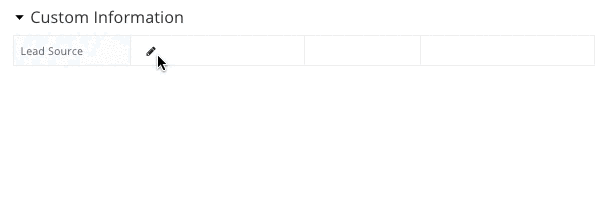
The working of the Dynamic fields in VTiger 7 CRM is very easy to understand and implement. On changing the value of a field, a non-compulsory option will appear having three possible values which are as follows:
- Display or hide a field
- Mark a field obligatory to be filled in
- Sort a field as read-only
This feature makes VTiger 7 CRM’s experience more user-friendly while getting the job done.
Change a Parent Field and Show/Hide Daughter Fields
Let’s take an example of an insurance agent, who deals in four kinds of different insurance policies life, health, auto, and home. To evaluate a potential client whether he or she fulfills the criteria of the policy they are applying, you have 100 different questions for each type of insurance. So, the total number of questions for all types of insurances sum up to 400. The insurance agent meets a potential client named as Mr. Bob and he inquires for the life insurance, insurance agent knows the power of VTiger 7. The moment prospect asks for his eligibility for life insurance agents opens his VTiger 7 CRM and start questioning him. 100 questions related to life insurance will pop out on his VTiger 7 CRM. But, in the middle of questioning Mr. Bob showed interest in auto insurance as well. All agent have to do is access the “Product” tab again and add “Auto Insurance”. Just a few clicks and 100 more questions will appear on the screen related to auto insurance
Suddenly Mr. Bob tells the agent to wait a second and that he would consider health insurance next month, not right now. All agent has to do is go to the Product tab and remove “Health Insurance” from it. Boom…!!! The questions related to health insurance will disappear instantaneously.
Additional info: It is very easy to build a custom module in VTiger 7, which helps in separating such kind of information from your contacts – but the best approach is to see such kind of questions whenever a record related to them is opened.
Read more: Setup Module Numbering To Automate The Allocation Of Custom Record Numbers
Change a Parent Field and Set Daughter Field to be Filled in Essentially
Within half an hour, insurance agent got a call from the company for which he works that the application for life insurance for the prospect is approved. Now agent has to set the status of the applicant from “Approval status” to “Approved”. While doing this task VTiger 7 CRM will remind you to fill the “Approval number” from the corporate.
Change a Parent Field and Set Daughter Field as Read-only
Only mangers possess the authority to change the status from “Lead” to “Customer” once a prospect is turned into a customer, in VTiger 7. Afterward, the manager uses his authority to make the information related to a customer read-only. The benefit of taking this step is that it saves the data of a customer from being changed accidentally in future by subordinates. And manager will be answerable for the changes as he is the only authority to make the changes.
In short, this feature of dynamic fields is very useful and fun. These three conditions help in avoiding the exposure to the useless information. Moreover. It helps in accessing the useful information at a fast pace with precision, it not only saves from a lot of hassle but also reduces workload and depression. It makes even convenient for people to follow the whole process by marking fields dynamically as mandatory, or read-only.
The good news is that the feature of the dynamic module works for every module of VTiger 7, even for custom modules as well. The documentation will help you further if you want to implement the dynamic fields in your VTiger 7 CRM to enhance its capabilities.


